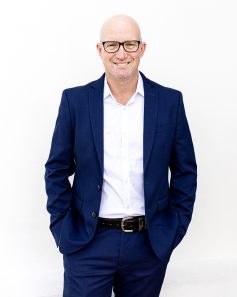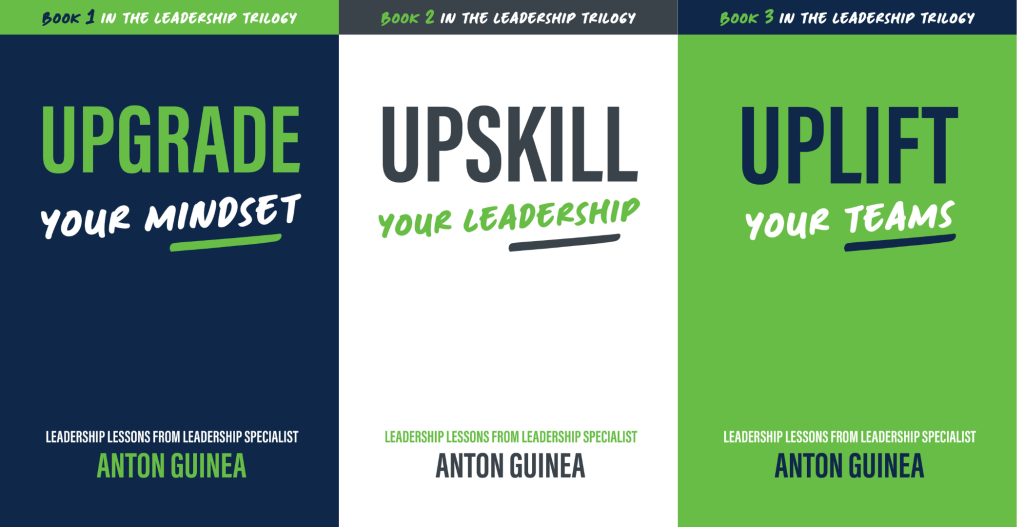Anton Guinea
Entrepreneur, Speaker, bestselling author, and founder of The Guinea Group of Companies. For over 15 years, Anton has helped leaders move their teams to become psychologically safe, physically safe and overall better versions of themselves.

Predictions for Safety in 2022

“As at 9 December 2021: 132 Australian workers were killed at work this year” – Safe Work Australia. This compares to 180 year to date, at the same time in 2020.
Yes, this is a great result, it’s significantly lower than last year, but it is still 132 workers too high. It is also a positive result, given that workplace fatalities numbers increased in both 2019 and 2020.
So, has the Australian workforce turned the corner? Have we changed our mindset, attitude, and work practices? And can we continue to reduce the fatality rate in coming years?
Here are my predictions for the future of safety in coming years in Australia particularly:
My prediction for 2022 is that fatality rates will continue to reduce. This is due to:
- An increasing understanding of the role that psychological safety plays in the safety process. Leaders are understanding that workers bring their whole selves to work, and that their emotional fitness is an important as their physical fitness for work.
In 1999, Amy Edmondson started studying the impact that psychological safety has on workers, and how psychological safe workplaces can create physically safe workplaces. In 2012, Project Aristotle (at Google – to understand what it takes to create highly efficient teams) found that psychological safety was the key factor that keeps Google at the top of the productive organisations list! In 2018, our business started going deep on what it means to implement psychological safety in your business, and by 2020, Clive Lloyd had published the book “Next Generation Safety Leadership” and the world appeared to have finally caught on that psychological safety changes businesses, changes hearts and minds, and changes safety at work.
Psychological safety is about giving workers a voice. It is about leaders that listen to their teams. And team members that are ready, willing, and able to share their ideas and opinions without the fear of ridicule, resentment, or rejection. When teams are engaged in the safety process, they contribute willingly. They take more ownership of their own, and other’s safety, and they lean into safety more. It becomes part of their work, not something that takes time, and effort.
We will see more content and context around psychological safety, and leaders will really embrace how to use it to create safer workplaces.
- Industrial manslaughter legislation is starting to change the thinking of leaders and organisations. Although we all have a moral responsibility for those in our employ, the legal responsibility, that now comes with a potential jail term if we don’t meet them, is influencing safety behaviour.
In 2018, Carla Maria Jackson was sentenced to six month’s jail following a fatality at her business premises. In 2020, “Queensland company Brisbane Auto Recycling Pty Ltd (BAR) was convicted of industrial manslaughter and fined $3 million dollars. Judge Rafter said, “a lesser penalty would not adequately punish Brisbane Auto Recycling Pty Ltd or adequately deter others” (credit: Workplace Assured).
The possibility of jail time is now very real for Australian directors and officers. Organisations are running “mock court room” trials, and leaders are starting to understand that their decisions have a higher level of personal and professional consequences (something that they should have realised in the past).
My prediction is that we will see more industrial manslaughter cases in 2022 and into the future, and that it will have an impact on how businesses view the health and safety of their workers.
- The Hoffman, Burke, and Zohar report (2017) that studied that last 100 years of workplace safety found that there have been significant safety improvements over time, that individual differences do predict safety performance at work, that frontline supervisors are the key, that safety training works, and that safety climate and safety culture are critically important. They will continue to be important in 2022
In short, this report focused on the organisational and individual aspects of organisations, and what it takes to keep the workers in them safe. Frontline leaders (and leaders at all levels) have the biggest impact on the safety of an organisation, as they create the culture and climate that makes safety a priority. Leaders and organisations that provide safety training give their workers every opportunity to stay safe, create competent workers, not complacent workers.
My prediction is that we will see organisations place more focus on the importance of their leadership. There will not just be safety training for workers, but this will be extended to leaders, to help them understand how important their role is in the safety process.
Please click the image below if you’d like to chat about what leadership means to you.
If you would like to learn more about Anton or The Guinea Group, please click here to book into Anton’s calendar, to:
UPGRADE your Mindset
UPSKILL your Leadership
UPLIFT your Teams
About Anton
Anton has dedicated his working life to helping leaders to upgrade their mindset, upskill their leadership, and uplift their teams! With a focus on helps leaders to better lead under pressure. Anton is an entrepreneur, speaker, consultant, bestselling author and founder of The Guinea Group. Over the past 19 years, Anton has worked with over 175+ global organisations, he has inspired workplace leadership, safety, and cultural change. He’s achieved this by combining his corporate expertise, education (Bachelor of HR and Psychology), and infectious energy levels.
Work With Anton!
Subscribe to our Newsletter
